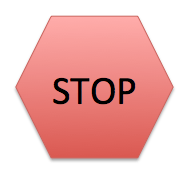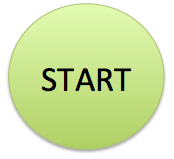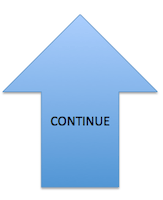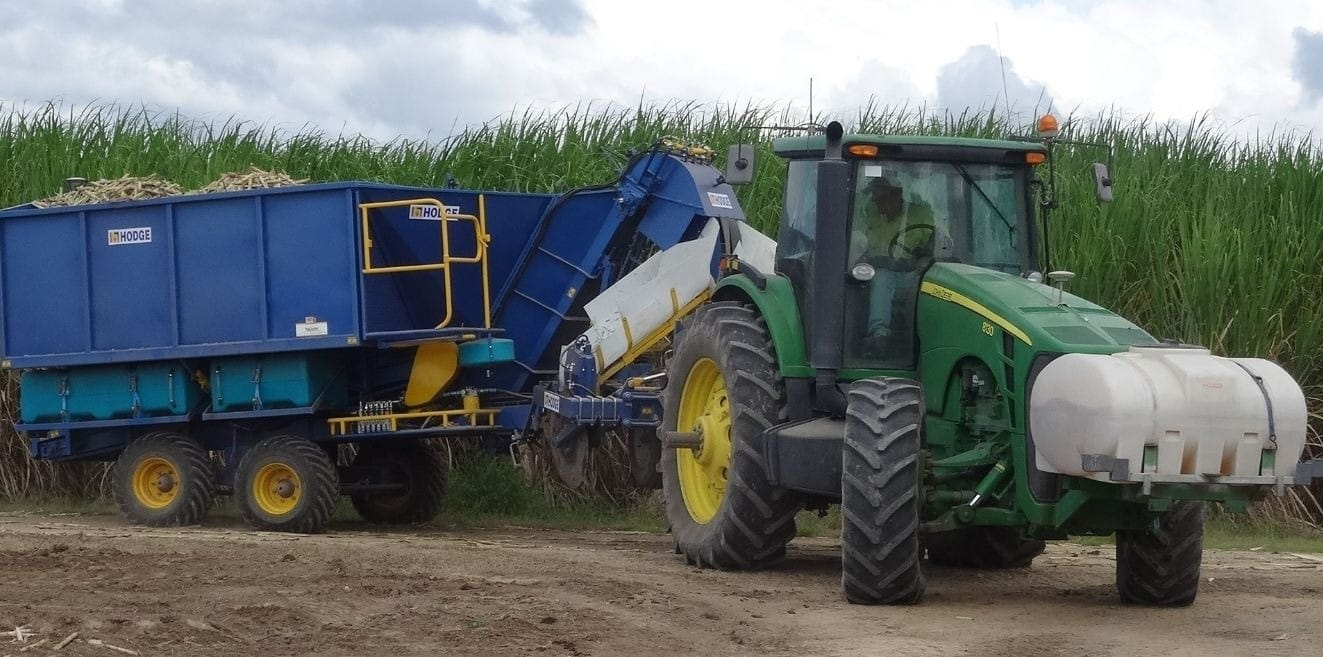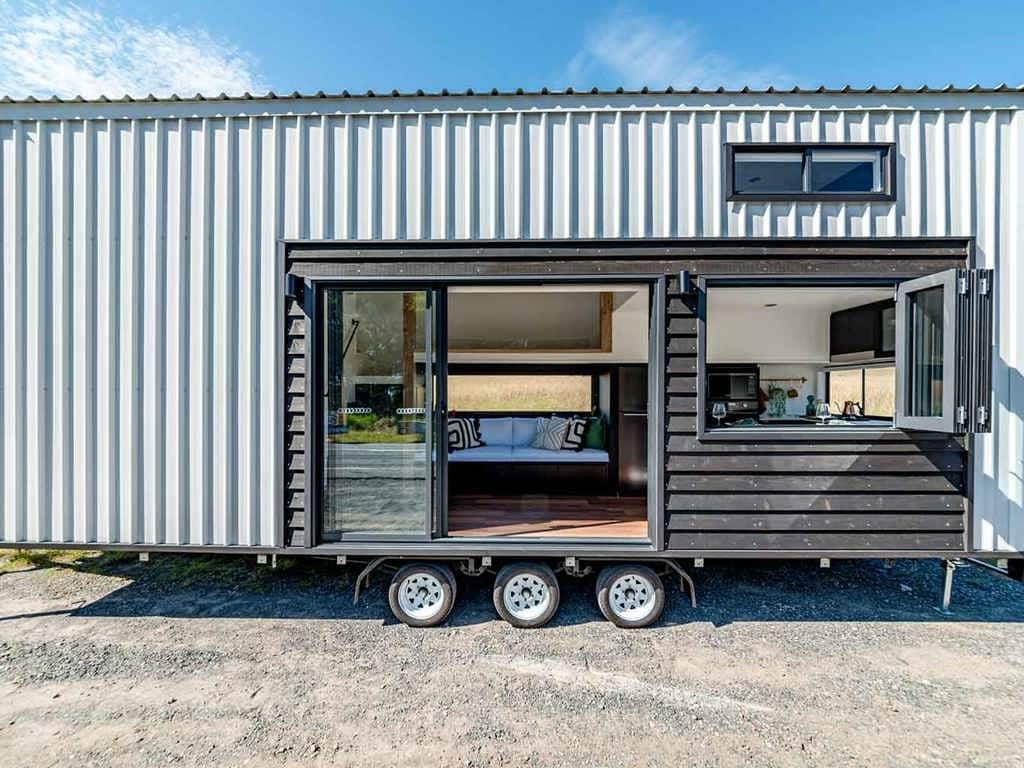A strong component of TXMs Lean Philosophy is about engaging our team and get them thinking about improving our company, together. Identifying wastes is a great way to start and using simple feedback tools can help get our team warmed up and into thinking mode.
Today we will look at the Stop, Start, Continue model.
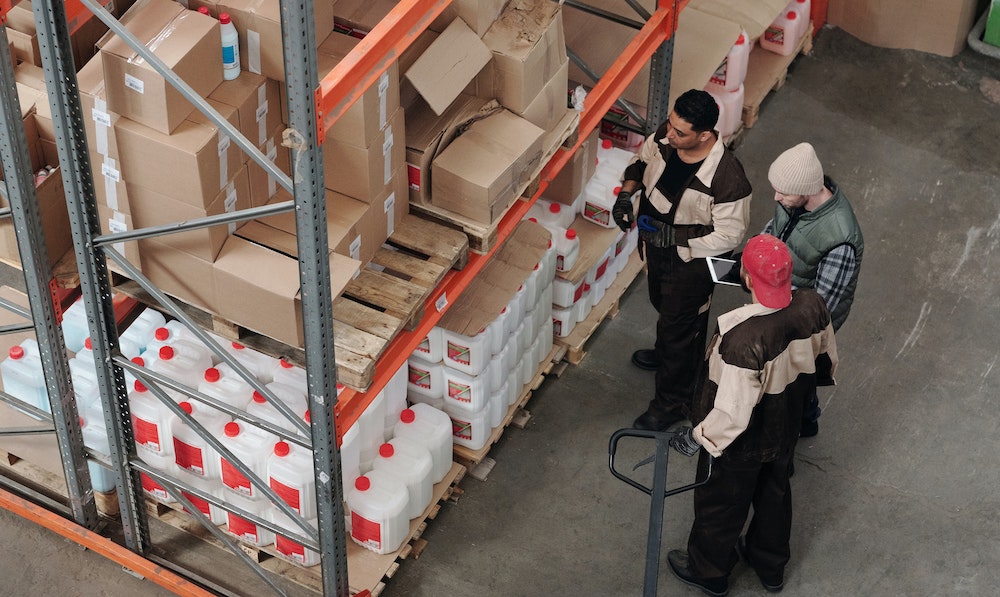
What is Stop, Start, Continue?
The Stop, Start, Continue model is a simple but structured approach that uses feedback and reflection techniques to identify and problem solve areas for improvement in individual or team performance. It is often associated with a continuous improvement culture that uses this framework to guide teams and individuals to focus on actionable steps for positive change and further improvements.
“This method of Stop, Start, Continue can be applied to any work setting. We use it as part of our lean methodology, when working with our range of customers, where we actively seek their feedback, to understand what is working and what is not for them. We apply it to our daily team, stand up meeting, where we collectively problem solve applying the stop, start, continue model to our productive discussions”, says TXM Consulting Director, Anthony Clyne.
A strong component of TXM’s Lean philosophy is about engaging our team and getting them to think and identify areas for improvement by focusing on what to begin doing, what to cease doing, and what to maintain. This encourages self-awareness and promotes positive change, explains Anthony.
This framework has been credited to Brigham Young University psychology professor, Phil Daniels. It can be used with different aims in mind, for personal reflection, for performance feedback or for team feedback. It can easily be adapted to work in a lean environment. It basically involves sorting feedback received into three key areas: things to stop doing, things to start doing, and things to continue doing. This information is then used to guide future actions.
Let’s take each component of this framework and illustrate some examples to how it can be applied in a work environment.
STOP – What can we STOP doing?
What current actions, behaviours, or strategies are no longer required, ineffective and have lost their value and should be discontinued?
This could be related to ineffective processes such as removing unnecessary paperwork or stopping an unsuccessful marketing campaign. Or it could be stopping negative behaviours like micromanaging or reading and writing emails or phone messages during meetings and presentations.
Stopping time wasting activities such as ending unproductive meetings or reducing time on non-essential tasks.
START – What can we START doing?
What new actions, behaviours, or strategies can be done to improve performance or address gaps in the workplace?
This could be applied to establishing new processes such as starting a new project management system, or adopting a new communication tool. In the example with meetings, it might mean phones and laptops being put away before the meeting starts.
Or starting new behaviours like encouraging more active participation in your team meetings and proactively using feedback to problem solve for example.
It could be starting new initiatives such as a new quality control process or developing a customer feedback mechanism.
CONTINUE – What can we CONTINUE to build on?
What actions, behaviours, or strategies are working well and need to be maintained or even reinforced?
Maintain what’s working. This could be your successful daily stand up meetings or keeping an effective focus on customer satisfaction. It could be continuing with the positive behaviours that are working well, such as having open communication, and a collaborative team approach that is producing good results. Continuing with initiatives that have been successful, such as a specific data analysis tool that provides valuable information.
Stop, Start, Continue Examples
Let’s now turn to some Lean examples and illustrate how this framework can be applied in this context.
Example 1:
Stop, holding weekly meetings without clear agendas or action items. Start, doing daily stand-up meetings to address issues quickly. Continue using Kanban boards to visualise workflow.
Example 2:
Stop, producing large batches of products without customer feedback. Start, adopting a pull system where production is based on actual demand. Continue, using visual management tools to track production progress.
Example 3:
Stop, depending on manual data entry for inventory management. Start, using a barcode scanning system for real-time inventory tracking. Continue, regularly reviewing inventory data to identify slow moving products.
Benefits of using Start, Stop, Continue
Improved efficiency when wasteful practices are removed allowing teams to focus on what is working can improve their overall productivity.
Enhanced communication benefits the workplace by encouraging open and honest feedback leading to better communication and collaboration and greater team satisfaction.
Increased productivity is achieved by concentrating on the right things that the team can do more off with the same resources.
Greater employee engagement as employees feel heard and their feedback is acted upon leading to greater engagement and motivation within the team.
Alternative approaches to the Stop, Start, Continue Exercise
Depending our your team’s continuous improvement maturity, there are a few different approaches for seeking feedback:
- a: brainstorm session – good for immediate interaction; a challenge over shifts
- b: board available for team to access – helps draw out quieter team members
Consider building a feedback model into your regular CI meetings.
By creating a routine around asking for feedback, our team can note issues or ideas as they arise and know they have a place to present them back to the team.
If you are facilitating the feedback session, keep the team dynamics in mind; establishing group rules about listening and respect can set clear expectations and be referred back to if the “boys club” begin to act up during a feedback session.
Learn More with TXM
TXM has been helping companies achieve Operational Excellence since 2004.
We have a proven track record of helping our customers improve their bottom line by implementing Continuous Improvement and Lean methodologies.
Our team of experts have helped hundreds of companies across a wide range of industries improve their performance, and we are confident that we can help your company achieve its full potential. Contact us today to learn more about how we can help you achieve Operational Excellence.

